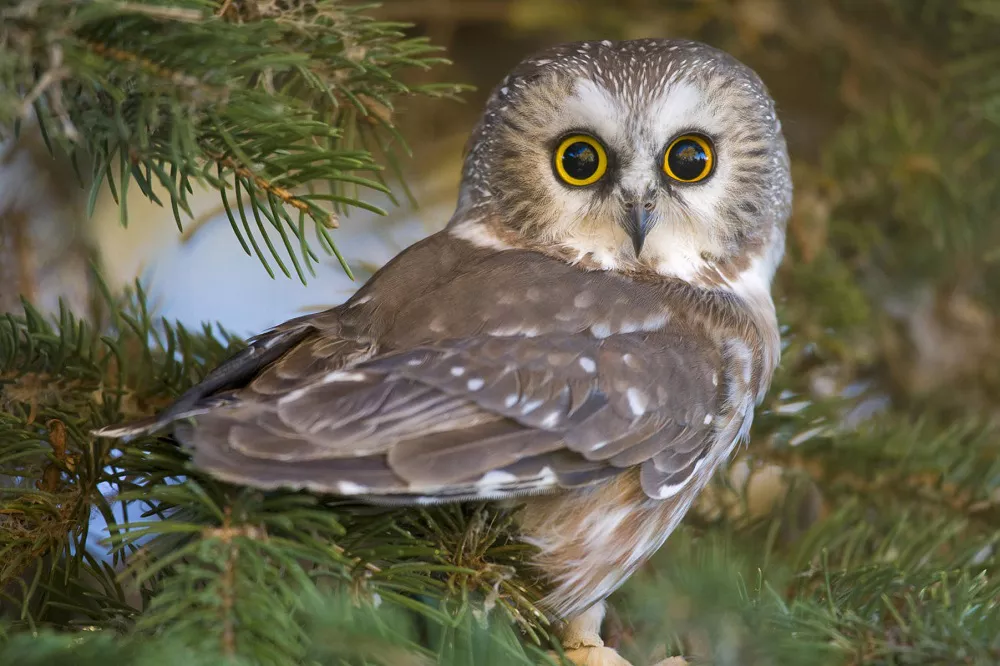How Do Owls Sleep? Unraveling the Mysterious Sleeping Habits of These Nocturnal Hunters
Owls are fascinating creatures that have been admired for their nocturnal hunting skills and their unique appearance. These birds of prey have several adaptations that allow them to thrive in the darkness, but have you ever wondered how they sleep? In this article, we will explore the sleeping habits of owls and unravel the mystery behind their unusual sleep patterns.
Owls are known for their nocturnal lifestyle, which means they are active at night and sleep during the day. They are classified as nocturnal animals because their eyes are adapted to low light conditions, and they have exceptional hearing that allows them to detect prey in complete darkness. However, their sleeping patterns are quite different from other nocturnal animals.
Unlike most birds, owls do not build nests or roost in trees. Instead, they sleep on a perch or branch, often in an upright position. They do not have a muscular mechanism that allows them to lock their feet around the perch, but instead rely on the tendons in their feet to keep them in place while they sleep. This adaptation is called a “flexor tendon locking mechanism,” and it allows owls to sleep securely without falling off their perch.
Owls also have the ability to sleep with one eye open and one eye closed. This adaptation is called “unihemispheric sleep,” and it allows owls to stay alert to potential predators or prey while still getting some rest. During unihemispheric sleep, one side of the owl’s brain is in a state of deep sleep, while the other side remains awake and vigilant. The owl can switch which side is sleeping and which side is awake, which allows it to get the rest it needs while still being alert to its surroundings.
In addition to their unique sleeping habits, owls also have the ability to enter a state of torpor, which is a period of reduced activity and metabolism. Torpor allows owls to conserve energy during periods of food scarcity, such as during the winter months. During torpor, the owl’s body temperature drops, its heart rate slows down, and its breathing becomes shallow. This adaptation allows owls to survive long periods without food and to conserve energy for times when food is more abundant.
In conclusion, owls have several unique adaptations that allow them to thrive in their nocturnal lifestyle. Their ability to sleep on a perch, sleep with one eye open, and enter a state of torpor are just a few of the adaptations that make them fascinating creatures. Understanding the sleeping habits of owls can give us insight into how these animals have evolved to survive in their environment.


 Facebook
Facebook  Instagram
Instagram  Youtube
Youtube 